
Human civilization has progressed a great deal in all scientific fields during its journey from the Stone Age to the scientific era. However, with all its achievements, mankind is far from infallible. Dams are created by highly talented engineers with the claim that these buildings are built to last for centuries to come. However, time and again, dams have collapsed, and some of them have resulted in major disasters. Here is a list of 15 of the world’s worst dam disasters of all time:
Bonus: Kelly Barnes Dam Disaster – United States (1977)
Death Toll: 39
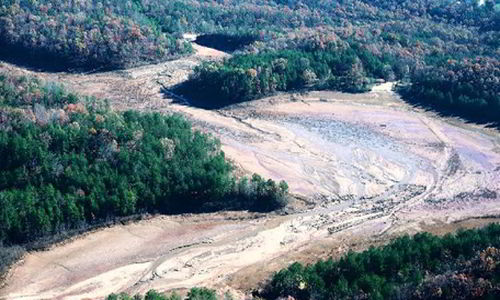
Kelly Barnes Dam was located in Stephens County, Georgia. It was specifically designed to serve as a reservoir for the production of hydroelectricity. The dam was modified many times based on the requirements, but was never declared to be in the safest possible state. On November 6, 1977, after a series of heavy rains and floods, the dam failed.
The walls were believed to be strong, but the rain severely affected them, and so about 777,090 m3 of water was released, which traveled several miles and caused immense structural damage.
15. Lower Otay Dam Disaster – United States (1916)
Death Toll: 40
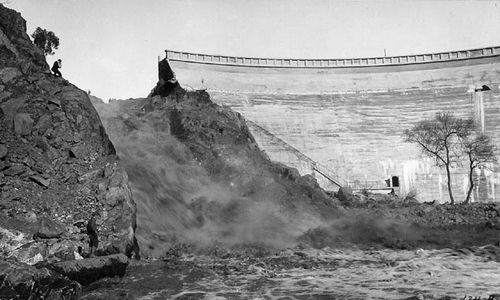
The Lower Otay Dam, constructed on the Otay River, is situated in San Diego County, California, United States. Its purpose was to serve as a large water reservoir.
In January 1916, after a heavy rain spell hit the southern region of California, the dam topped up and started releasing water. Unfortunately, no proper rescue measures were taken, and the reservoir was emptied, causing great damage in the nearby areas.
14. Edersee Dam Destruction – Germany (1943)
Death Toll: 47-100
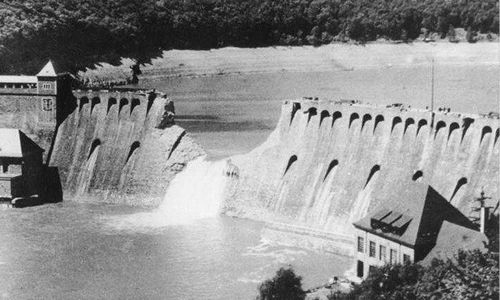
The Edersee dam was built over the Eder River in northern Hesse, Germany. The dam was completed in 1914 to satisfy the electrical power needs of the area.
The dam was running fine until May 17, 1943, when it was bombed by the British Lancaster bombers because of World War II. The bombs destroyed the dam structure, and within minutes, the whole reservoir turned empty. The water that flowed into the nearby areas caused major structural damage.
13. Shakidar Dam Failure – Pakistan (2005)
Death Toll: 70
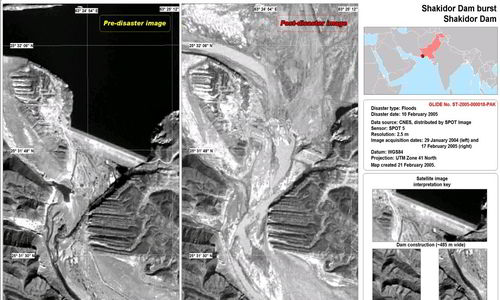
Shakidor Dam was constructed in 2003 near Pasni, Balochistan province, Pakistan. It was a small-scale dam providing water for irrigation.
Due to excessive rainfall and floods in February 2005 in the region, the dam collapsed, released a massive amount of water, and swept away many nearby areas straight into the Arabian Sea.
12. The Buffalo Creek Flood – United States (1972)
Death Toll: 125

In 1972, Pittston Coal Company built a small dam for the storage of the coal slurry impoundment. It was located on a hillside in Logan County, West Virginia, USA. The constructors defined the state of the dam to be satisfactory, and it was believed to be completely fit for storing a large amount of coal waste.
On February 26, 1972, the dam collapsed unexpectedly, and a total of 500,000 m3 of coal slurry destroyed the surroundings. All 16 coal mining hamlets in Buffalo Creek Hollow were affected by the 30-foot-high waves of black wastewater.
11. Mill River Dam Collapse – United States (1874)
Death Toll: 139
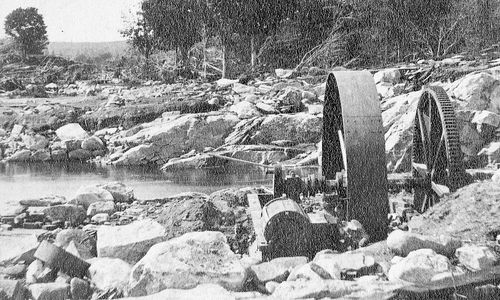
Mill River Dam was built on the Mill River in Williamsburg, Massachusetts, United States. The construction party of the dam went through severe challenges to construct the dam. A lot of major changes to be made in the design of the dam were denied because of improper funding, and hence, the dam was believed by the engineers not to last long. No action was taken, however.
In May 1874, while the water reservoir was full, the dam failed and 600 million gallons of water were released instantaneously which destroying four nearby towns.
10. Gleno Dam Failure – Italy (1923)
Death Toll: 356

The Gleno dam was situated in the Valle di Scalve in the Northern Province of Bergamo, Italy. The dam was initially planned to be a gravity dam, but later, due to financial issues, it was made as a multiple-arch dam. Due to the poor construction methodologies, the arches were fairly weaker than they should’ve been.
The foundations of the dam were also believed to be made of the same weak material, but nothing was done to make them stronger.
On December 1, 1923, the dam cracked, spilling over 4.5 million m3 of water into the surrounding areas, which were completely eradicated from the map, all because of poor judgment and lack of proper funds.
9. Malpasset Dam Disaster – France (1959)
Death Toll: 423

The Malpasset Dam was built on the Reyran River, located on the French Riviera in the southern portion of France. In 1959, some cracking noises were heard near the dam wall, but due to technical inability, they couldn’t be properly analyzed.
On December 2, 1959, the dam was breached, and the entire wall collapsed into pieces. Waves of over 40 meters started flowing across the nearby areas, causing heavy fatalities and structural damage.
8. Mina Plakalnitsa Dam Collapse – Bulgaria (1966)
Death Toll: 107-500
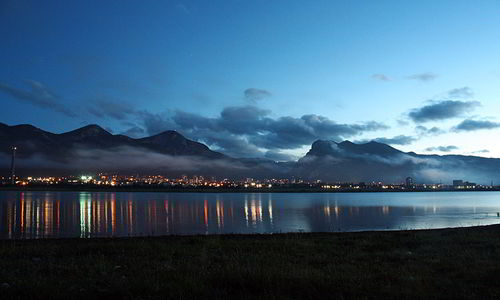
The Mina Plakalnitsa Dam was situated in Vratsa, Bulgaria. The purpose of its making was to control floods and to produce electric power.
In 1966, due to unexplained reasons, the dam collapsed, releasing about 450000 m3 of a mixture of water and mud into the nearby village of Zgorigrad. The water speed and height were enough to completely eradicate a major portion of the village. The death toll, as reported by the local news agency, was 107, but unofficial estimates put it over 500.
7. Saint Francis Dam Tragedy – United States (1928)
Death Toll: 600
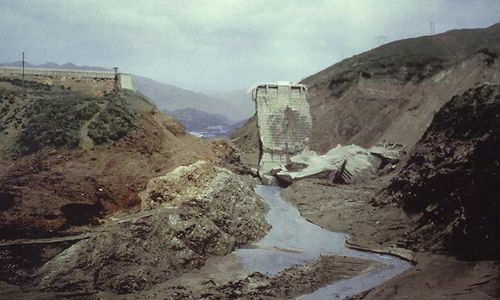
St. Francis Dam was built in 1926. It was located in the San Francisquito Canyon. Due to the geological instability of the canyon walls, cracks started appearing in the walls of the dam. They were surely taken care of, but not completely, as most of the damages were considered to be ‘normal’ by the engineers, and they didn’t decide to give time to that.
However, on March 12, 1928, the walls of the dam couldn’t hold the water, and it collapsed, and over 47 billion liters of water started flowing down the canyon. Waves of about 43 meters in height started moving toward the nearby areas and caused great damage.
6. Pantano De Puentes Dam Failure – Spain (1802)
Death Toll: 608
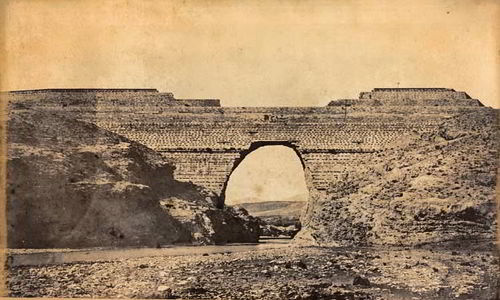
The Pantano de Puentes dam (meaning Bridges of Marsh) is situated in Lorca, Spain. Little is known about the history and construction of this dam. In 1802, due to heavy rain in the area, the dam’s water level began to rise. Although emergency measures were taken, there seems to be no way this rain and the flood could have been controlled.
The dam failed and released a considerable amount of water, which swiftly spread in the nearby areas, destroying over 1800 houses and 40,000 trees.
5. Vajont Dam Failure – Italy (1963)
Death Toll: 2000
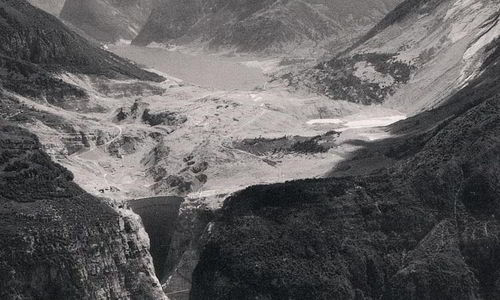
The Vajont dam, situated in the valley of the Vajont River, is among the tallest dams in the world. The dam, though, is not used but still stands in its perfect form as it has never structurally collapsed. The area was often hit by minor earthquakes, but they never affected the dam. In October 1963, while the reservoir was being filled with water, an earthquake hit the area, and a landslide of about 260 million m3 collapsed into the reservoir.
In just 45 seconds, the whole of the area was immersed in the water, and about 50 million m3 of water was released from the dam in the form of a 250-meter-high wave that annihilated the nearby villages.
4. South Fork Dam Disaster – United States (1889)
Death Toll: 2,209
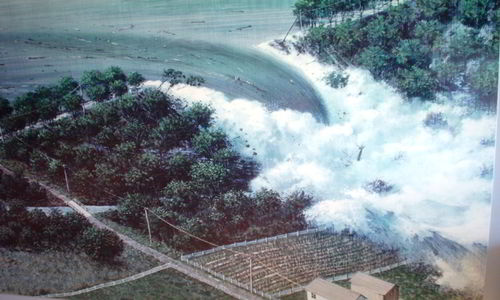
South Fork Dam is situated near South Fork, Pennsylvania, United States. The dam’s water was often reported to be leaking at certain portions; however, to solve the issue, all the engineers did was fill up the cracked patches with mud and straw. This served the purpose for that time, but was not a permanent solution.
However, immense rainfall in May 1889 caused the bases of the dam to weaken. Moreover, the dam was not designed to hold this much water, which the rain was adding. So the dam collapsed and over 20 million tons of water were released on May 21, 1889, and it ran several miles downstream. The total damage was estimated to be around $17 million.
3. Machchhu II Dam Collapse – India (1979)
Death Toll: 1,800-15,000
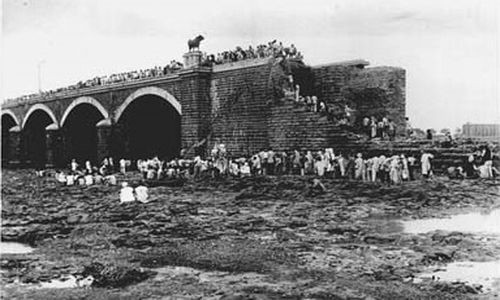
The Machchhu-2 dam was situated on the Machchhu River. It was located near the small town of Morvi in the Rajkot district of Gujarat, India. In August 1979, due to excessive rain and massive flooding, the walls of the dam started to weaken. Due to no appropriate emergency measures, this issue was certainly something no one could control.
Within twenty minutes of the flood, waves of about 10 meters in height started flowing over the nearby areas. In mere minutes, the whole town was gone. This disaster is also known as the Morvi Dam Failure.
2. Derna and Mansour Dams Failure – Libya (2023)
Death Toll: ~11,300-20,000
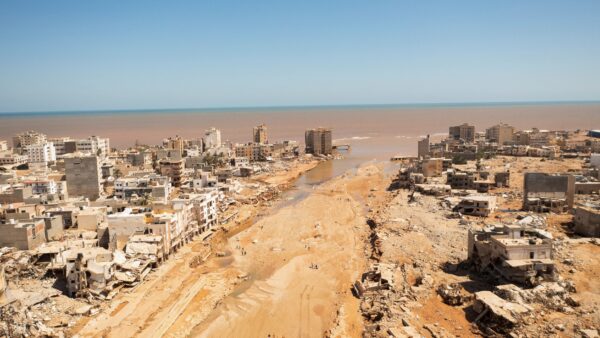
Image Copyright: Reuters/Ayman Al-Sahili
On 9th September 2023, the Libyan city of Derna was devastated by flooding caused by the failure of multiple dams, Derna Dam and Mansour Dam, due to massive rainstorms spawned by Storm Daniel. The flood water mimicked fast-moving tsunami waves, wreaking havoc on the city’s infrastructure. The flash flood wiped out almost 20% of the city’s population, flooded more than 2200 buildings, and destroyed the bridges, effectively cutting the city into two halves.
Due to the ongoing civil war in Libya and the poor condition of the infrastructure of country, the final death toll of the disaster is feared to be much higher than initially estimated.
1. Banqiao Dam and Shimantan Reservoir Dam Disaster – China (1975)
Death Toll: 171,000
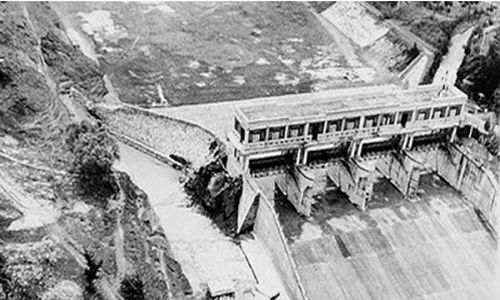
Soon after the completion of the dam in 1952, cracks started appearing in the sluice gates. The issue was handled on a serious basis under the supervision of Soviet civil engineers, and the gates were soon repaired. They used to call the dam ‘Iron Dam’ as it was believed to never take any damage in the future.
In August 1975, after the collision of Super Typhoon Nina and a cold front, more than a year’s rain fell within 24 hours. The water level in the dam began to rise, and the sediment sluice gates were unable to handle all the water pressure, which made the gates collapse instantaneously. As a result, a total of 1.7 billion m3 of water was released in total at an average velocity of 31 mph, which even devastated the land situated thousands of square kilometers away from it.
Disasters are always caused by a chain of mistakes and unfortunate events, and the same is true if we analyze the history of dam failures. With the advancement of technology and with the advent of new precautionary measures, dam failures will be minimized with time, and hopefully, many possible worst dam disasters can be avoided. Did we miss any notable dam-related tragedies in our list of the worst dam disasters of all time? Let us know in the comments below!
Title Image Source: Flickr/Mike McBey
I don’t think the mount toc landslide cause is correct (the landslide that caused the vajont dam disaster) there was no earthquake. When they decided to lower and fill the reservoir to control the landslide one day they filled it as high as they could get away with 5 meters above the maximum safe limit they thought they were controlling it but in reality they just made it inevitable. Because there was a layer of clay. They thought the landslide worked with the ground water being at the same level as the reservoir which the unstable rock would become more unstable if the water in the reservoir was risen which would make the chunks of unstable rock slightly more buoyant which if they lowered the water the rock would become more stable and then they could gradually cause the landslide to fall. However this theory was wrong. The clay layer I mentioned was below the unstable chunks of rock the ground water was not the same level as the reservoir the clay layer was trapping rainwater and this meant the more water added would mean the more pressure on the clay layer and the entire landslide. This is why when they filled it as high as they dared it caused a crack in the clay layer then it was inevitable that it would collapse all at once. Because one crack would mean others would form because of that then eventually one night the clay layer shattered all at once and a huge landslide tumbled into the reservoir and created huge waves that flattened the valley below.
good
#14 image appears to be Sweetwater dam, also in San Diego county, which also had a structural failure but not on the scale of Lower Otay. Lake Hodges dam also similar failure to that of Sweetwater and about the same time.